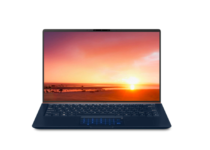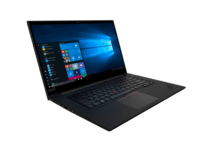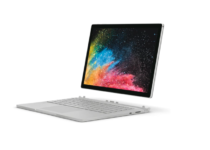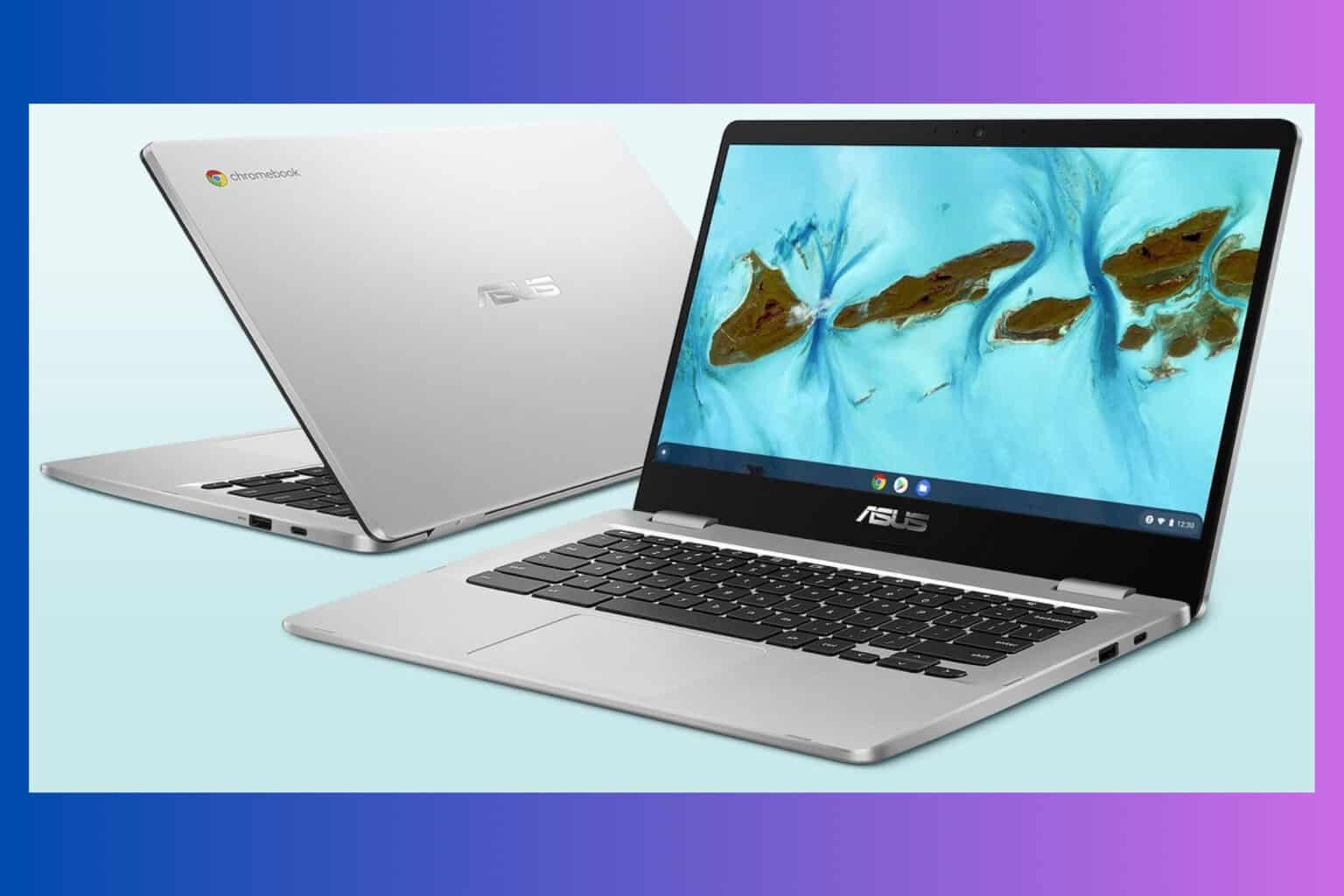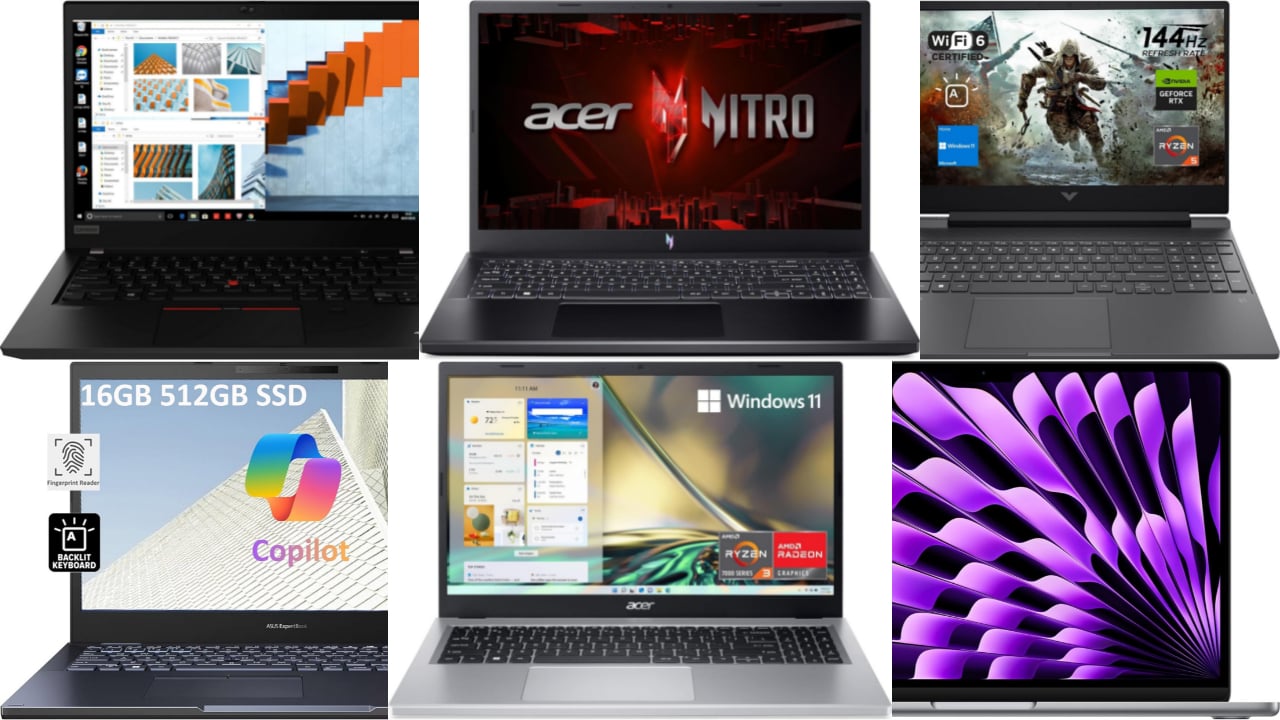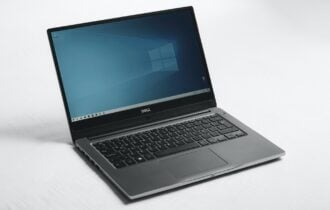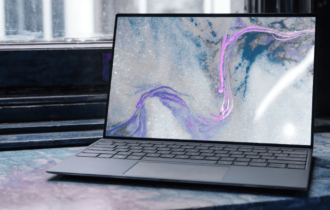8 Best Laptops for Architects to Unleash Your Imagination
9 min. read
Updated on
Read our disclosure page to find out how can you help Windows Report sustain the editorial team Read more

Finding the best laptops for architects can be tricky especially if you’re not particularly sure about what to look for.
Clearly, laptops for regular use in the office or at home, are mainly used for lighter work or projects that do not demand much in terms of specifics, compared to laptops for graphic designers and architects.
Usually, when architecture professionals join an institution to further their studies and become better in their trade, such universities would recommend the best laptops for students to use during the course.
Most, if not all, of the work involved in architecture, is about blueprints, maps, and drawings of structures, which require the architect to prepare, edit, view, and even modify the draft blueprints.
In such instances, therefore, laptops for architects need to have some salient yet basic features upfront before making that purchase.
What are the best laptops for architects?
ASUS UX333FA-AB77 ZenBook
- MIL-STD-810G military standard
- Simple keyboard layout
- Ultra-slim bezels
- Long battery life
- Modern look
- Questionable trackpad
This ASUS laptop is a fantastic choice if you’re running any architect-related software. It comes with an incredibly powerful 8th generation Intel Core i7-8565U processor, 512GB SSD, and 16GB of RAM.
It is smaller than expected, coming in a unique rectangular shape, resulting in a simple keyboard layout that will make you feel right at home.
Moreover, it packs all the ports you need for on-the-go computing: a USB-C port, a USB-A port, an HDMI port, as well as a microSD card reader.
Lenovo ThinkPad E15
- Intel 10th Gen Core i5-10210U
- MIL-SPEC tested
- TPM 2.0+ fingerprint
- 720p with ThinkShutter camera
- One-year warranty from Lenovo
- Non-backlit keyboard
Let us tell you from the start that you can create masterpiece blueprints with the power and mobility of this Lenovo ThinkPad E15 15.6″ FHD Full HD laptop.
The ThinkPad E15 is designed to withstand almost anything you can throw at it, including water. It works in almost any environment from freezing Arctic cold to a hot desert.
At the same time, the matte surface is elegant and it doesn’t even show fingerprints that much. Lenovo seems to know the trick for that.
HP Pavilion x360 14
- BIOS recovery and protection
- WLED-backlit display
- 10th Generation Intel Core display
- Fast bootup
- Very light product
- Modest battery life
Let us tell you more about another incredible laptop worthy of your attention. This HP Pavilion x360 14 Convertible 2-in-1 model is ready to show you do wonders of using the intuitive 360-degree hinge.
You can easily work in laptop position, watch in reverse position, go in tablet position, or choose to play in tent position.
Moreover, it can boot up in seconds, transfer files without waiting hours, and enjoy an incredible experience thanks to the internal 512 GB PCIe(R) NVMe(TM) M.2 SSD.
Lenovo ThinkPad P1
- 15.6 inches display
- Windows 10 Pro OS
- 256GB SSD
- Powerful Intel Core i7-9850H
- Clean design
- Not incredibly sturdy
Since you want a laptop to unleash your imagination, you can’t go wrong with this Lenovo ThinkPad P1 (2nd Gen) model.
Let us tell you that it light in weight, portable, and comes with a great cooling system that keeps your laptop protected from the damage that comes with high temperatures.
It also comes with integrated Wi-Fi connectivity, which is a necessity for most laptops in this digital age.
Microsoft Surface Book 2
- Vibrant PixelSense display
- Average battery life of 17 hours
- Quick webpages loading
- Robust build
- Light and easy to carry around
- Available only in Silver
Let us tell you from the start that this is your chance to get powerhouse performance and amazing graphics with the latest Surface Book 2 model.
As any Microsoft Surface, this is a luxury laptop which provides a great of power and functionality – it packs an Intel HD Graphics 620 integrated GPU, as well as a full size SDXC card reader.
Even more, it is powered by a 7th generation Intel Dual Core i5 Processor, that comes along with 256 GB of storage and 8 GB RAM.
Dell Inspiron 15

This laptop is also placed in the range of great laptops for architects. It packs an Intel Core i7 processor, 8 GB RAM, 1TB hard drive, and 8 GB SSD hybrid drive storage.
Any architect would love to view blueprints on a larger canvas, so the Dell Inspiron is perfect when it comes to storage, but also display with a Full HD, 15.6” screen that’s also LED lit.
Its graphics card is a 4GB NVIDIA GTX 960M type, that lets you enjoy the full experience of great performance with any software and/or games you run on the laptop.
It is light, clean, portable, and you can personalize it by choosing your favorite color among the three options: matte black, hibiscus red, or grey.
No less important, its battery life is also appealing to any architect, as you get up to 10+ hours battery life, enough to work on your sketches or blueprints without being interrupted.
ASUS ROG STRIX
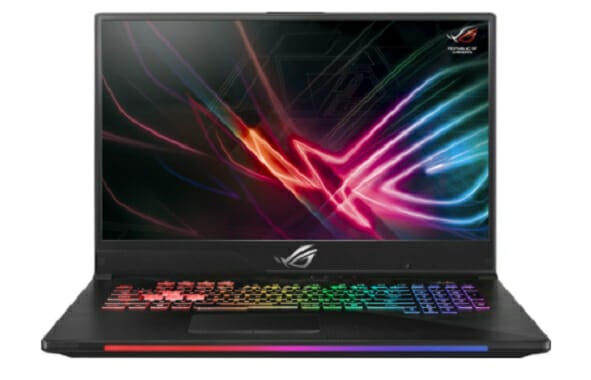
The ASUS ROG STRIX, on the other hand, is designed with architects in mind. Its salient features include an Intel Core i7 processor, 16 GB DDR4 RAM, 1TB HDD 7200 RPM, and a 6GB NVIDIA GTX 1060 graphics card.
With this laptop, you are about to get up to 5 hours of battery life, which is decent enough for students.
It also comes with a 1-year ASUS Accidental Protection meant to give you peace of mind when your device is damaged, mainly by such things as liquid spills, power surges, and accidental drops.
HP Spectre x360-13t

This laptop runs on Windows 10 operating system, packs an Intel Core i7, 16GB RAM, and a 15.6” Ultra HD display.
All these features plus more others are combined to give you, the architect, a stellar experience in both performances, display, and output for your work.
Its high-definition display ensures you get clarity for your blueprints and models as you edit or make sketches, plus its battery life lets you work longer hours, unlike ordinary laptops.
The HP Spectre is also easily transformed from a laptop to a tablet, l, which means you can carry it anywhere, and use it wherever you go with so much ease.
While these are some of the best laptops for architects, there are many more such laptops available in the market that suit your needs.
Just check on the minimum requirements for an architecture laptop, then add your needs on top of those, and you have yourself a great machine.
Minimum requirements to consider when choosing laptops for architects
The minimum hardware requirements to check for when finding the best laptops for architects include, but are not limited to:
- Intel Core i7 or newer processor:
- 16 GB minimum (or more) System RAM for better performance
- Hard Drive (storage) of 512 GB SSD or 750 GB/7200 RPM minimum (or more)
- 15” monitor/display
- A Video Adapter or graphics card with 512 MB VRAM, or more
- Windows 10 Pro (not Home) operating system
- A Windows compliant (100%) sound card
- Network adapters: Wi-Fi included; wired Ethernet adapter with Ethernet cable for faster connections
- External Hard Drive for backups, should be at least the same size as the internal drive, or more
- Warranty service of 3 years for onsite parts, labor, or third party damage/loss
The minimum software requirements to check for when finding the best laptops for architects include, but are not limited to:
- Microsoft Office 365
- Autodesk AutoCAD 2017 or later version (not LT)
- Adobe Creative Cloud
- MultiFrame
With these in mind, you’re well on your way to selecting the perfect laptop to use or get for architecture.
Extra tips for choosing the best laptops for architects
Here are some extra tips to help you when choosing a laptop for architects based on the specifications:
1. Processor
This determines the performance of your laptop, hence the need for an Intel Core i7 at the very least, for the best performance.
No one wants to work on blueprints or make sketches of models with a sluggish laptop.
2. RAM (storage)
The reason that 16GB RAM is recommended is that you need a lot of memory especially with the kind of projects you work on in architecture.
Most of the time, laptops for architecture come with 8GB RAM, which is enough if you don’t have other apps running, but you’re better off with 16 GB.
3. Hard drive storage
The minimum requirement for laptops for architects is 512GB of hard drive storage, but this also depends on your budget. Either way, it is recommended for architectural use.
This also includes the type of storage, where solid-state drives are preferred over HDD type of storage.
With SSD storage, you get higher storage capability, which means you get faster speeds, higher performance, and easier maintenance of your laptop.
4. Graphics card
You cannot look for a laptop for architects without considering the graphics card.
You can opt for the cheaper option which is an integrated graphics chip, or go with the recommended NVIDIA GEFORCE graphics card, which are strong, durable, and deliver amazing performance.
There’s also the NVIDIA Quadro and FirePro, which deliver better stability for your graphics, especially in rendering 3D models.
These two are pricey though, so unless you really have to, then you can go with the NVIDIA GEFORCE.
5. Display
This is one of the top considerations when choosing laptops for architects because you want to know how you will view your blueprints and sketches.
The screen display also determines the intricate details you get to view as you work, so it’s a big deal really.
Check on the resolution, which is simply the pixels, so a good resolution could be anything from 1920×1080 to 3200×1800.
Check also the panel type, the best-known being IPS which delivers better contrast and angles for viewing. Brightness is important especially when you’re working in the outdoors, so anything between 260-330 nits works.
Finally, check the color accuracy because you need a laptop that shows things as they will look, especially when working on clients’ projects.
This specific article is part of our generous selection of great laptops. You might also want to check it out, then let us know all about your choice in the comments area below.

